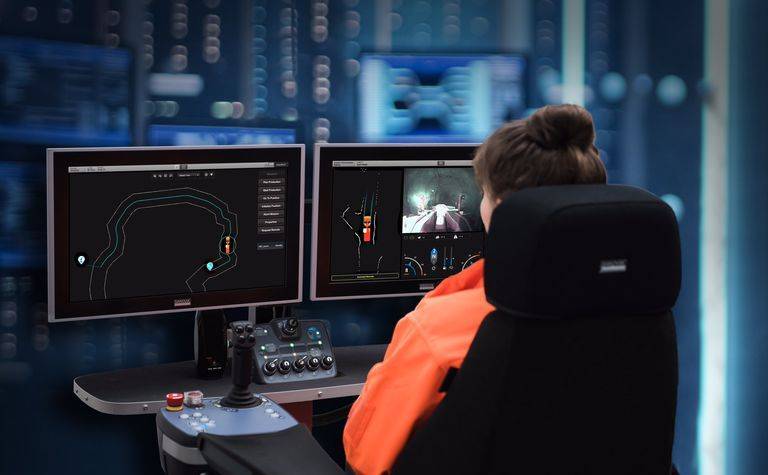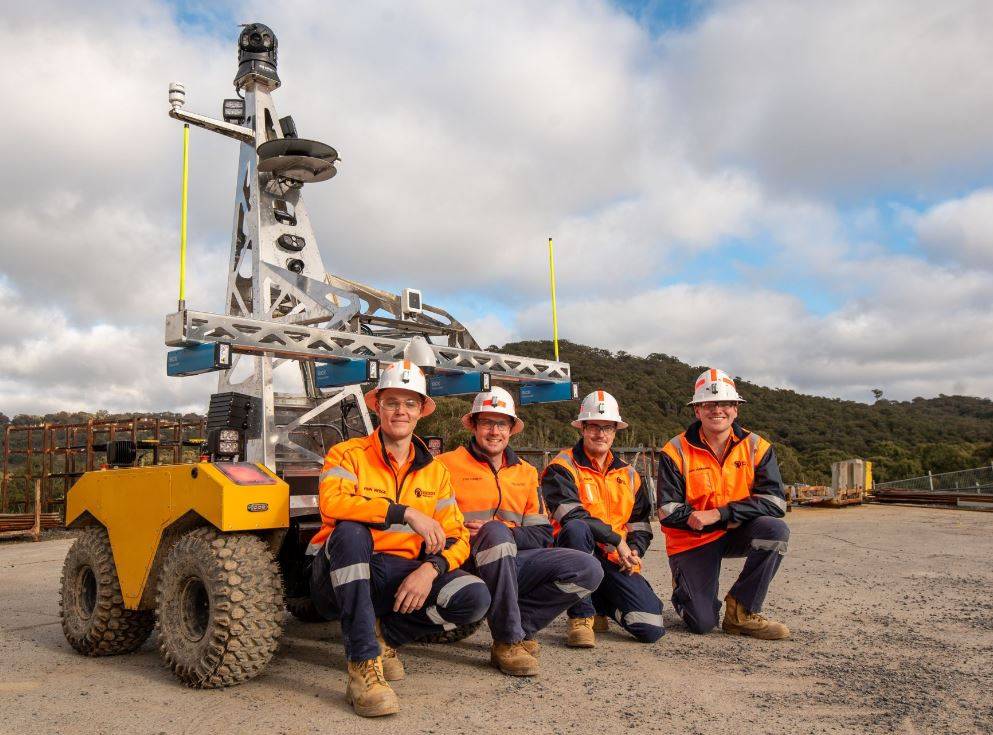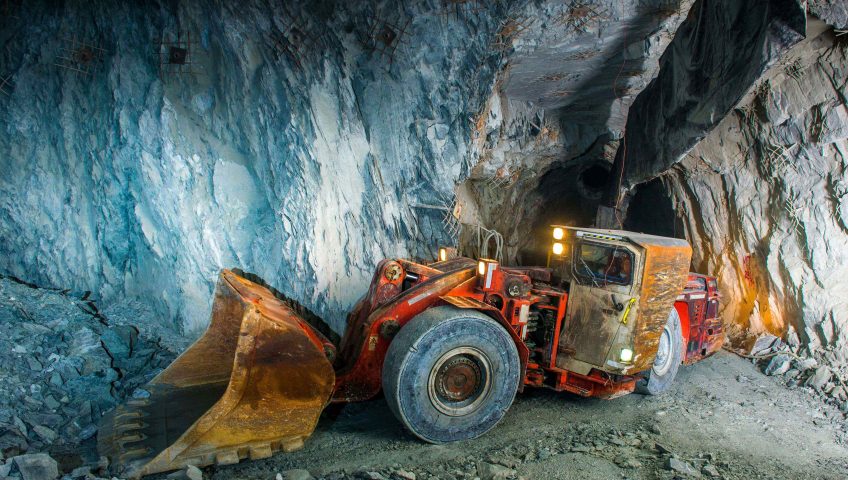Top 5 Trends in Underground Mining
…that are paving the way for more sustainable and responsible mining practices
Mining is a vital industry that has undergone significant changes in recent years, with technology advancements being one of the most critical drivers. The use of technology in underground mining is on the rise, with battery electric vehicles, better connectivity, autonomy, improved positioning of equipment/people, and more advanced fleet management systems being among the top trends.
In this blog, we will delve into these trends and explore how they are transforming underground mobile mining.
1. Sustainable and efficient mobile equipment alternatives
The shift towards sustainable mining practices has led to the adoption of battery electric vehicles (BEVs) in underground mining. BEVs offer numerous advantages over traditional diesel-powered vehicles, including lower emissions and therefore ventilation costs, reduced noise levels, and improved energy efficiency. With advancements in battery technology, BEVs can now operate for longer durations, making them viable alternatives for underground transportation.
Additionally, BEVs also have lower maintenance costs, and a lower total cost of ownership than diesel vehicles, making them an attractive option for mining companies. As the technology continues to evolve, it is expected that BEVs will become even more efficient, with longer battery life and faster charging times.
For example, Newmont’s Borden gold mine in Canada was the world’s first all-electric underground mine. The mine exclusively uses BEVs for transportation and haulage, resulting in zero emissions, reduced ventilation costs, and a quieter and healthier working environment for miners.
2. Better Connectivity
Reliable and efficient communication systems are crucial for underground mining operations. Traditional methods of communication, such as two-way radios, are being replaced by advanced underground communication systems such as mesh networks that provide seamless connectivity, even in challenging underground environments.
These systems enable real-time communication between workers, supervisors, and control centres, facilitating improved coordination and emergency response. They also allow remote monitoring and management of key information like health sensor data. Additionally, improved connectivity has also enabled the use of autonomous vehicles, which rely on real-time data to navigate underground mines safely.
3. Digitalisation and Data Analytics
The rise of digitalisation and data analytics has had a profound impact on underground mining operations. By leveraging advanced sensors, Internet of Things (IoT) devices, and data analytics platforms, mining companies can gather real-time data on various parameters, such as ventilation, equipment performance, and geological conditions. This data-driven approach enables better decision-making, predictive maintenance, and optimised resource allocation.
For example, from a production side, more advanced fleet and task management software are replacing PLOD sheets with more granular data; allowing visibility of key metrics like stope utilisation, 1st and last load times and material flow – thereby enabling more real time short interval control (SIC).
4. Autonomy/Remote Management
One of the most significant trends in underground mining technology is the integration of automation and remote operation systems. These advancements not only improve worker safety but also enhance productivity and efficiency.
For instance, Sandvik’s AutoMine® system enables the autonomous operation of underground loaders and trucks, reducing the risk of accidents and allowing for continuous operations even in hazardous environments. This system eliminates time lost due to gas delays and trip to the working face, as well as the need for additional ventilation, by allowing operators to oversee production while staying on the surface in a control room.

Sandvik’s AutoMine automation system
5. 3D Scanning/Mapping
3D scanning and mapping are increasingly being used in the mining industry for a variety of purposes, including surveying, exploration and mine planning. It allows mining companies to accurately map their mines and analyse data in real-time, leading to more efficient and effective mining operations.
Additionally, this technology can be used to identify potential safety hazards such as unstable terrain or hazardous gases, thereby making the mine safer and more profitable.
For example, Newcrest Cadia’s SmartHog underground inspection vehicle can automatically inspect an area of the underground workings. Using radar, the inspection robot can plan its route in real time (an industry first) to record information like wind speed and wet bulb, that previously had to be collected by hand.

The SmartHog on surface at Newcrest’s Cadia Operations in NSW, Australia.
As the mining industry delves deeper into the Earth’s crust to extract valuable resources, the adoption of advanced underground mining technologies becomes crucial. Automation, electrification, digitisation, advanced communication networks, and 3D scanning and mapping are reshaping the landscape of underground mining. These innovations are not only enhancing operational efficiency and productivity but also prioritising the safety of miners and minimising the industry’s environmental footprint.
With ongoing research and development, we can expect even more groundbreaking advancements in underground mining technology in the future. These developments will pave the way for more sustainable and responsible mining practices, ensuring the continued availability of vital resources while safeguarding the well-being of workers and the environment.

